Could one of the reasons the Japanese culture became so strict about homogeneity be because their ancient indigenous culture was infused with Eastern European phenotypes?
According to Wiki, The Ainu are an indigenous people of the lands surrounding the Sea of Okhotsk, including Hokkaido Island, Northeast Honshu Island, Sakhalin Island, the Kuril Islands, the Kamchatka Peninsula, and Khabarovsk Krai, since before the arrival of the Yamato Japanese and Russians. These regions are referred to as Ezo (蝦夷) in historical Japanese texts.
Official estimates place the total Ainu population of Japan at 25,000. Unofficial estimates place the total population at 200,000 or higher, as the near-total assimilation of the Ainu into Japanese society has resulted in many individuals of Ainu descent having no knowledge of their ancestry.


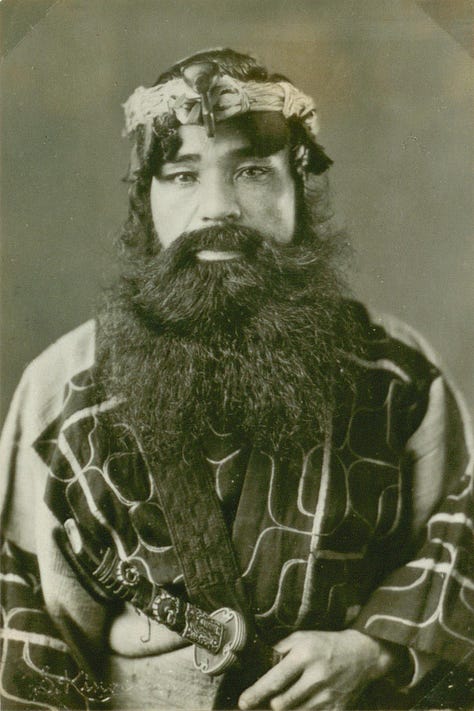
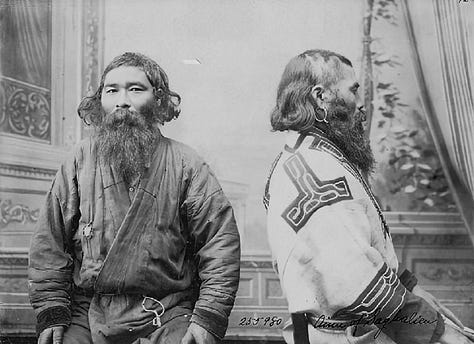

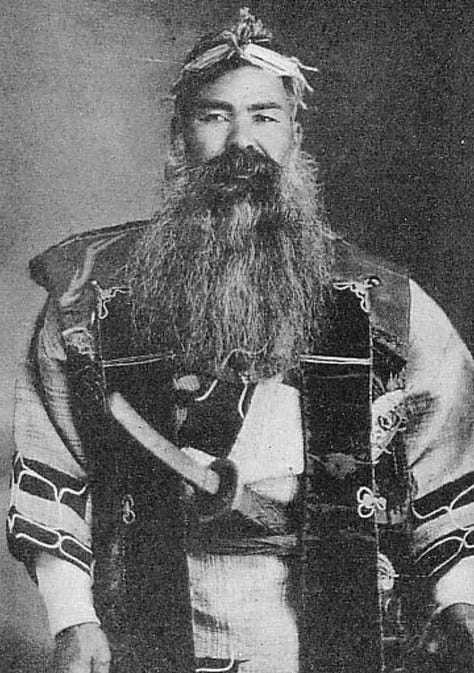
In 1966, there were about 300 native Ainu speakers; in 2008, however, there were about 100.



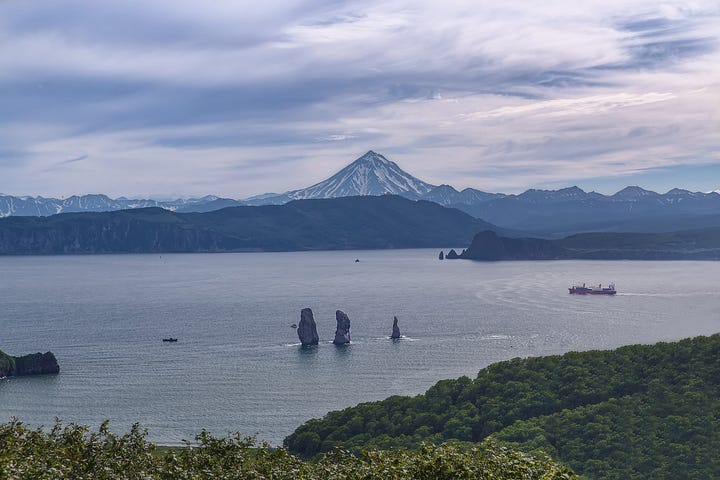
According to Wiki, The Kamchatka Peninsula, the Commander Islands, and the Karaginsky Island, constitute the Kamchatka Krai of the Russian Federation. The majority of the 322,079 inhabitants are ethnic Russians, with about 13,000 being Koryaks (2014).

When the Russian explorer Ivan Moskvitin reached the Sea of Okhotsk in 1639, further exploration was impeded by the lack of skills and equipment to build seagoing ships and by the harsh land to the northeast inhabited by the warlike Koryak people. Consequently, Russians entered Kamchatka from the north. In 1651, after having assisted in the foundation of the Anadyrsk ostrog, the explorer Mikhail Stadukhin went south and followed the coast of the Sea of Okhotsk from Penzhina Bay to Okhotsk. From about 1667 there were reports of a Kamchatka River to the south. Some time before 1700 a group of Russians were stranded and died on Kamchatka.
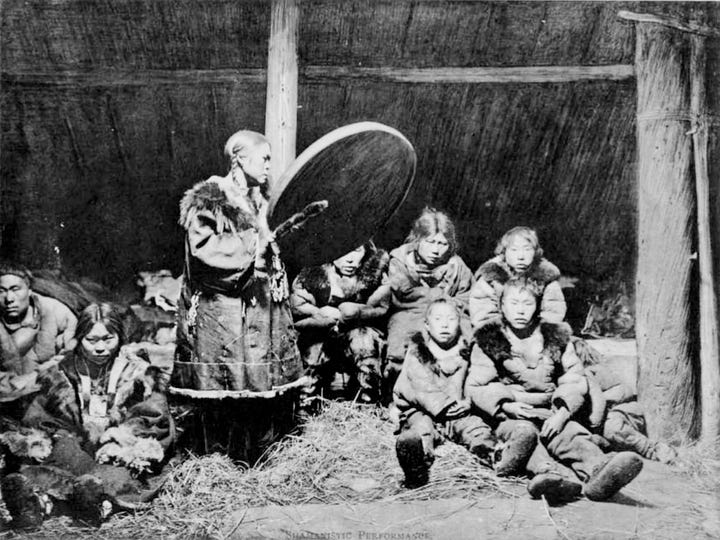

In 1695 explorer Vladimir Atlasov became commander of Anadyrsk. In 1696 he sent the Cossack Luka Morozko south. Morozko got as far as the Tigil River and returned with reports and some mysterious writings, probably Japanese. In 1697–1699 Atlasov explored nearly the whole of the peninsula. He built an ostrog at Verkhny-Kamchatsk, rescued or captured a Japanese castaway, and went to Moscow to report. In 1699 the Russians at Verkhny-Kamchatsk were killed on their way back to Anadyrsk by the Koryaks. In 1700 a punitive expedition destroyed a Koryak village and founded Nizhne-Kamchatsk on the lower river. Bolskeretsk was founded in 1703. From about 1705 there was a breakdown of order. There were numerous mutinies and native wars all over the peninsula and north to the Koryak country of the Penzhina River and Olyutor Gulf. Several people were sent out to restore order, including Atlasov, who was murdered in 1711. Vasily Merlin restored some degree of order between 1733 and 1739. There was no significant resistance after 1756. A major smallpox epidemic that hit in 1768–1769 quickly decimated the native population; the roughly 2,500 Itelmens present in 1773 were reduced to 1,900 in 1820, from an original population of 12,000–25,000. Those who survived adopted Russian customs, and there was a great deal of intermarriage, such that "Kamchadal" (the original Russian name for the Itelmens) came to mean any Russian or part-Russian born on the peninsula.
This history is coming from a relatively recent time. I’d guess that the eastern-European phenotype found amongst the Japanese was likely due to the cultures on the Kamchatka peninsula migrating there or the Japanese bringing them back. However, according to Wiki, the Ainu have often been considered to descend from the diverse Jōmon people, who lived in northern Japan from the Jōmon period (c. 14,000 to 300 BCE). One of their Yukar Upopo, or legends, tells that “[t]he Ainu lived in this place a hundred thousand years before the Children of the Sun came”.
Recent research suggests that the historical Ainu culture originated from a merger of the Okhotsk culture with the Satsumon culture, cultures thought to have derived from the diverse Jōmon-period cultures of the Japanese archipelago.
Obviously, these accounts aren’t satisfactory. However, the Jomon culture is ancient, so if the Ainu are descended from them, then it proves their antiquity in Japan. Revisit Fresh Batch #30 to explore the possible diffusion between the Jomon culture and Ecuador.
Children of the Sun sure is an interesting name for the Japanese. For those interested in cultural diffusion between the Americas and the Old World, you’ll want to dive into these books of Spirit Whirled:
Click here to begin the adventure

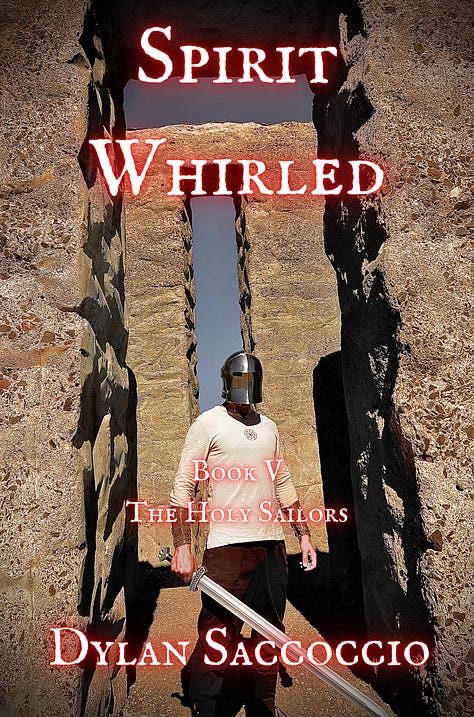

Become a member to access the rest of this article.
Keep reading with a 7-day free trial
Subscribe to Ancient History, Mythology, & Epic Fantasy to keep reading this post and get 7 days of free access to the full post archives.






